Braiding in hair extensions is a fantastic way to elevate your hairstyle, whether you’re looking for added volume, intricate designs, or just some extra flair. In this guide, we’ll take you through the process of how to braid in hair extensions from start to finish, including choosing the right extensions, preparation tips, and pro techniques for achieving a natural, beautiful look.
I. Why Is Braiding In Hair Extensions A Fantastic Way To Elevate Hairstyle?

Braiding in hair extensions is a fantastic way to elevate hairstyles because it instantly enhances volume, length, and versatility. This styling method offers a fuller, more textured look that can transform even simple braids into striking styles. With braided extensions, you can experiment with intricate patterns like fishtails, box braids, or waterfall braids that hold better due to the added hair volume. Plus, braid-in extensions allow for secure placement and natural blending, making the style appear seamless while allowing for movement. They’re also a protective style, helping to keep your natural hair safe from daily wear and tear.
II. Choosing the Right Hair Extensions for Braiding
Choosing the right hair extensions for braiding can significantly enhance your hairstyle, adding length, volume, and versatility. With various types of extensions available, it’s essential to select the ones that best suit your hair type, desired style, and maintenance preferences. Here’s a comprehensive guide to help you make an informed decision:
1. Clip-In Extensions
Clip-in extensions are a versatile and temporary solution for adding length, volume, or color to your hair without the commitment of permanent extensions. When it comes to braiding, clip-in extensions can enhance your braided styles, providing a fuller and more dynamic look. Clip-in extensions are an excellent choice for enhancing your braided hairstyles, offering flexibility and a natural look when chosen and applied correctly. Whether you’re preparing for a special event or simply want to experiment with different styles, clip-in extensions can be a valuable addition to your hair styling toolkit.

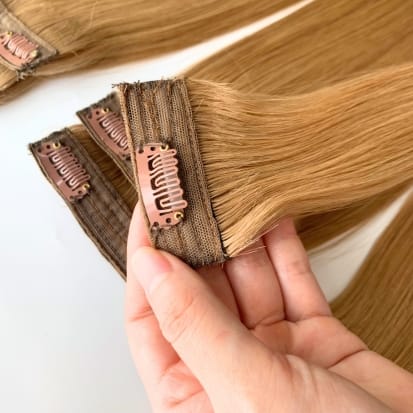




2. Halo Hair Extensions

Halo extensions are a popular and innovative method for enhancing braided hairstyles, offering a seamless and comfortable alternative to traditional extension methods. Whether you’re looking to add length, volume, or vibrant colors to your braids, halo extensions can provide a natural and versatile solution. Halo extensions are an excellent choice for enhancing your braided hairstyles, offering a natural, comfortable, and versatile solution. They provide a seamless blend with your natural hair, add length and volume, and are easy to apply and remove without causing damage.
3. Hand-tied Weft Extensions
Hand-tied wefts are a popular choice for creating beautiful, long-lasting braided hairstyles. They offer a seamless and natural look, making them ideal for various braiding techniques. Hand-tied wefts blend effortlessly with your natural hair, creating a flawless look that is difficult to distinguish from your hair. These extensions are easily adjustable to match your desired length, volume, and color, allowing for personalized braided styles. Individual strands provide natural movement and bounce, making your braided styles look lively and dynamic.

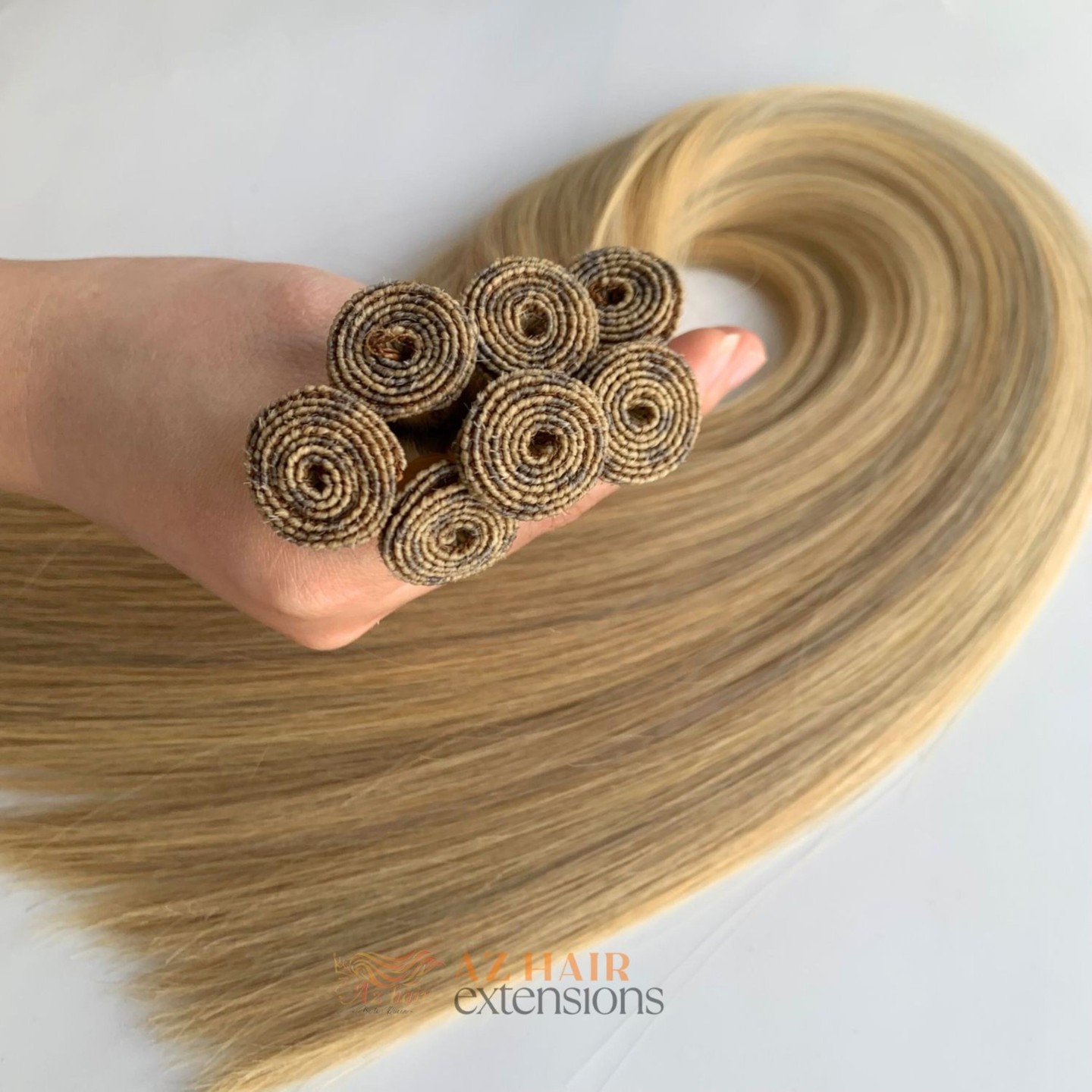
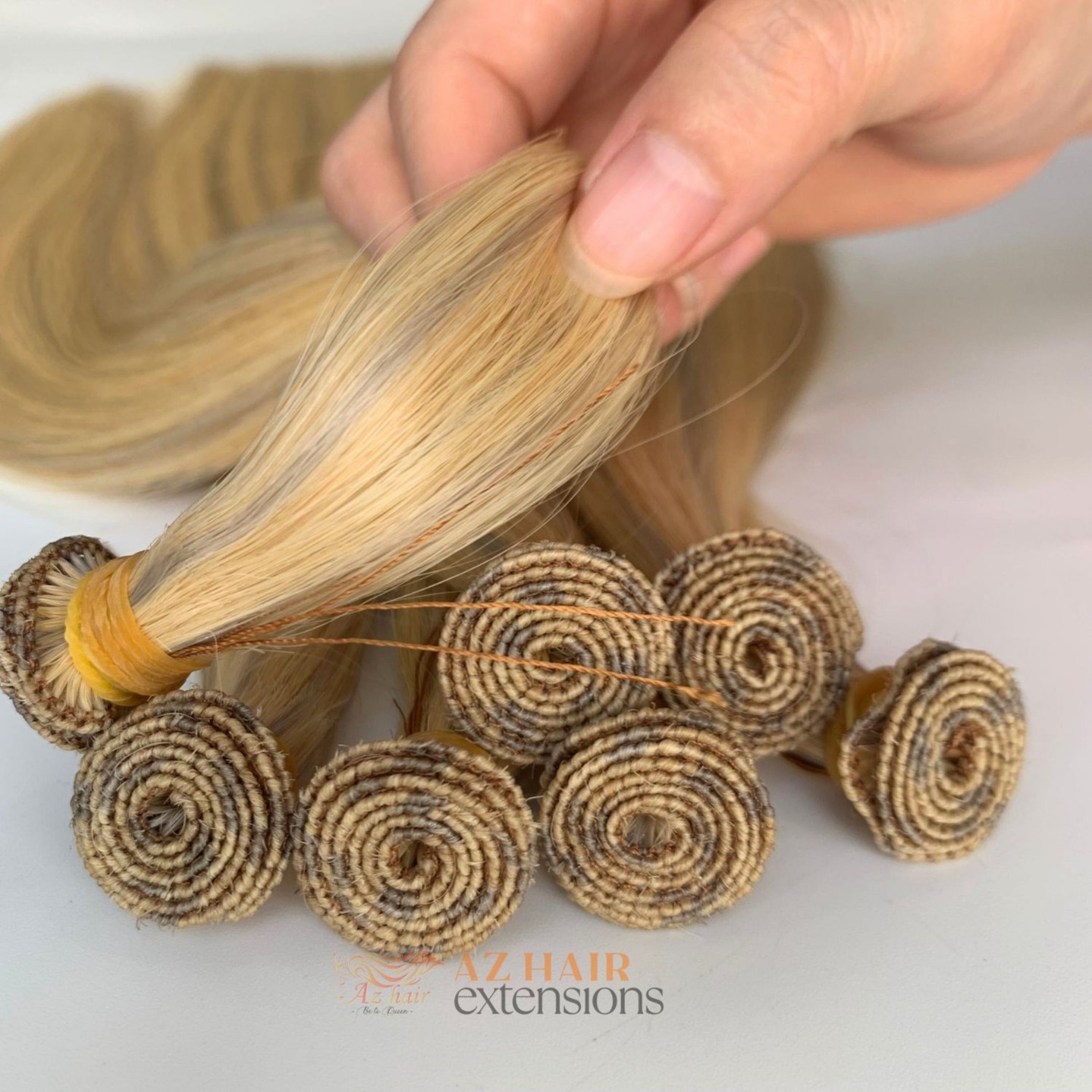
III. Guide To Braid In Hair Extensions
Whether you’re aiming for a bohemian look, a classic updo, or even festival-ready styles, braid-in hair extensions can make it happen. Now let’s see how to braid hair extensions!
Braid in Hair Extensions #1 - Gather Your Tools and Materials
Before you start braiding, ensure you have the necessary tools and products on hand:
- Brush or Comb: A detangling brush or wide-tooth comb to gently remove knots.
- Hair Clips: To section off hair and extensions.
- Elastic Bands: Small, clear elastics to secure braids.
- Hair Products: Leave-in conditioner, heat protectant (if using heat), and styling products to manage frizz.
- Hair Extensions: Ensure they are clean and properly installed.
- Optional Tools: Hair clips, bobby pins, and a mirror for multi-angle viewing.
#2: Preparing Your Hair and Extensions

Proper preparation ensures a smooth braiding process and minimizes damage. Firstly, use a wide-tooth comb to gently detangle your natural hair starting from the ends and working your way up to the roots (if you’re using clip-in or other temporary extensions, ensure they are free from knots and tangles). Then clean and condition, depending on the type, some extensions can be washed with your natural hair. Remember always to follow the manufacturer’s instructions. Apply a leave-in conditioner or a lightweight moisturizer to keep the hair hydrated. Finally, dry completely, ensure both your natural hair and extensions are completely dry to prevent slipping and tangling during braiding.
Braid in Hair Extensions #3 - Choose the Right Braid Style
Selecting the appropriate braid style depends on your desired look, hair length, and extension type. Common braid styles include:
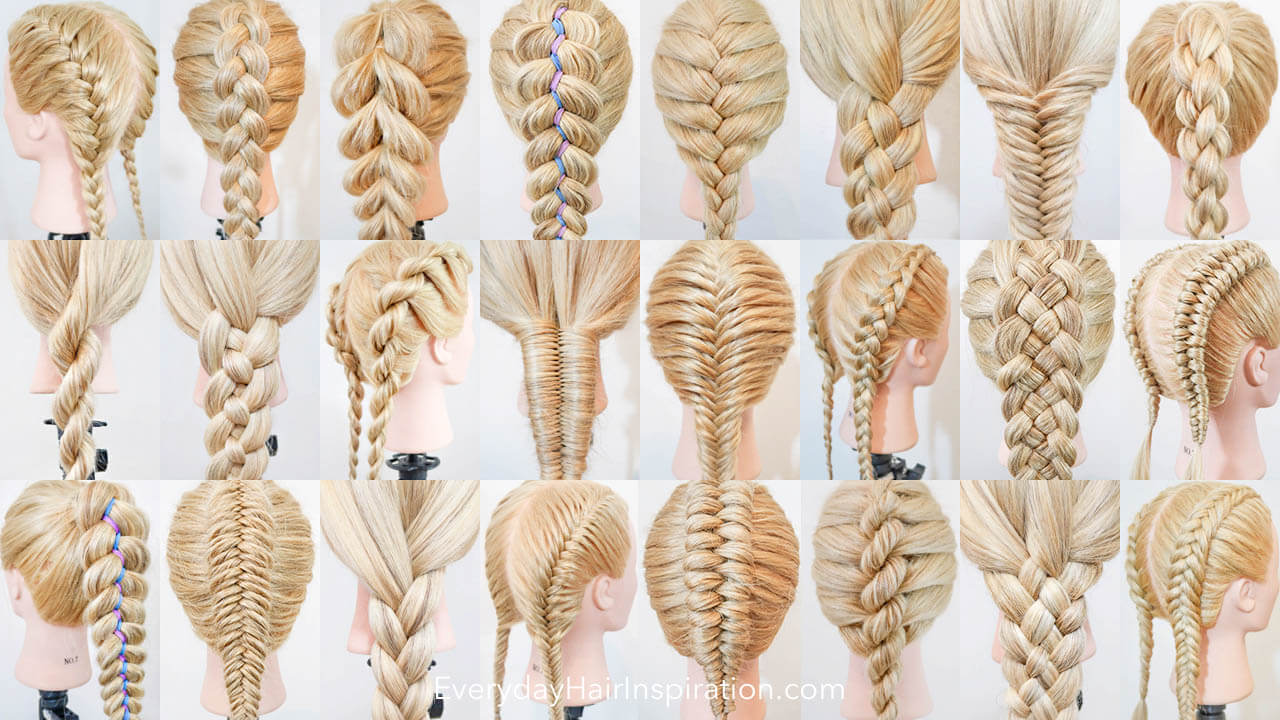
- Three-Strand Braid: Classic and simple, suitable for most hair types.
- Fishtail Braid: Offers a more intricate and stylish appearance.
- French Braid: Incorporates hair gradually from the top of the head, ideal for a polished look.
- Dutch Braid: Similar to the French braid but with a reverse technique, creating a more prominent braid.
#4: Step-by-Step Guide to Basic Braiding with Extensions
Step #1: Section Your Hair and Extensions
- Divide the Hair: Use hair clips to section your natural hair and extensions. You can decide whether to braid all your hair or just a portion for partial braids.
- Secure Extensions: Ensure extensions are firmly attached to your natural hair to prevent shifting during braiding.
Step #2: Start Braiding
Three-Strand Braid:
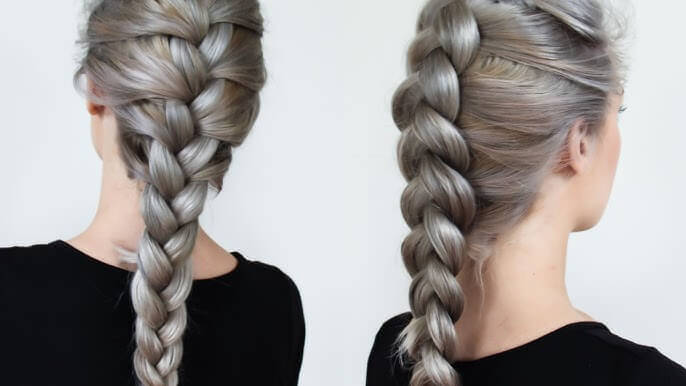
- Divide into Three Sections: Separate a small section of hair (including extensions) into three equal parts.
- Cross the Right Strand Over the Middle: The right strand becomes the new middle strand.
- Cross the Left Strand Over the Middle: The left strand becomes the new middle strand.
- Repeat: Continue crossing strands over the middle until you reach the end of the hair.
- Secure the Braid: Use a small elastic band to hold the braid in place.
Fishtail Braid:
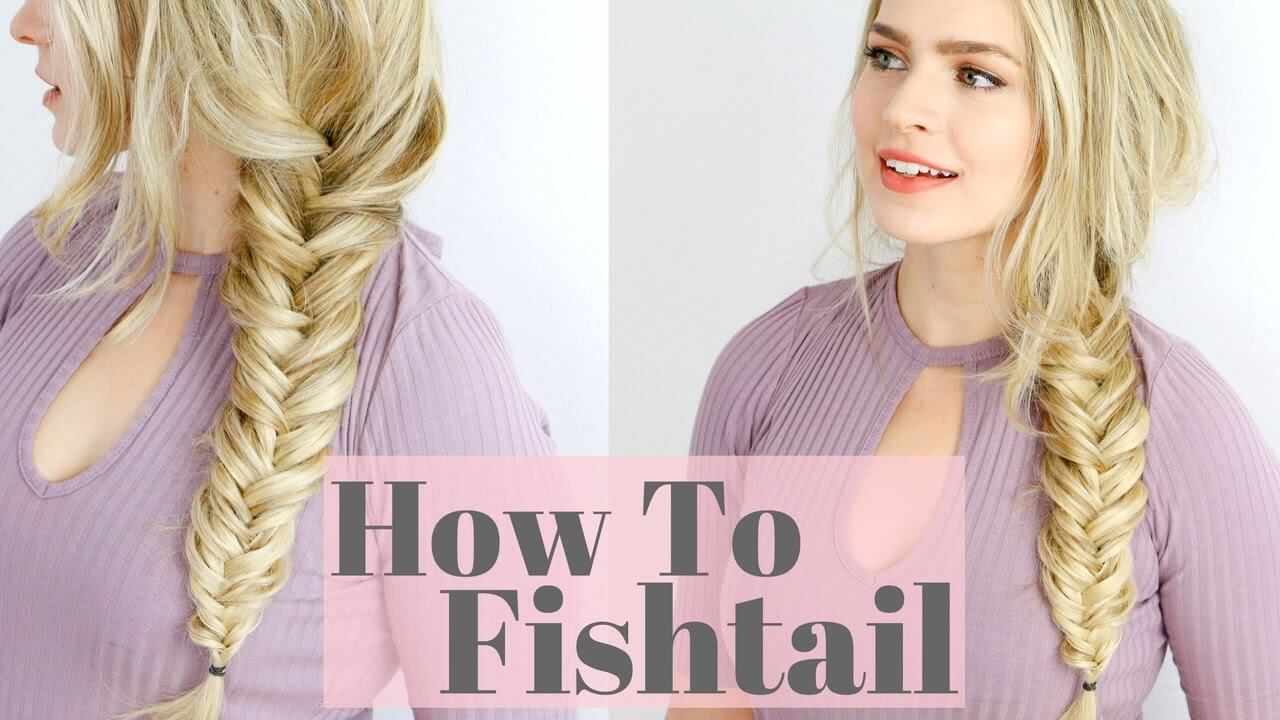
- Divide into Two Sections: Split the hair (with extensions) into two equal parts.
- Take a Small Strand from the Outer Edge: From the right section, take a thin strand and cross it over to join the left section.
- Repeat on the Other Side: Take a strand from the left section and cross it over to the right.
- Continue Alternating: Proceed until you reach the end, then secure with an elastic.
French Braid:
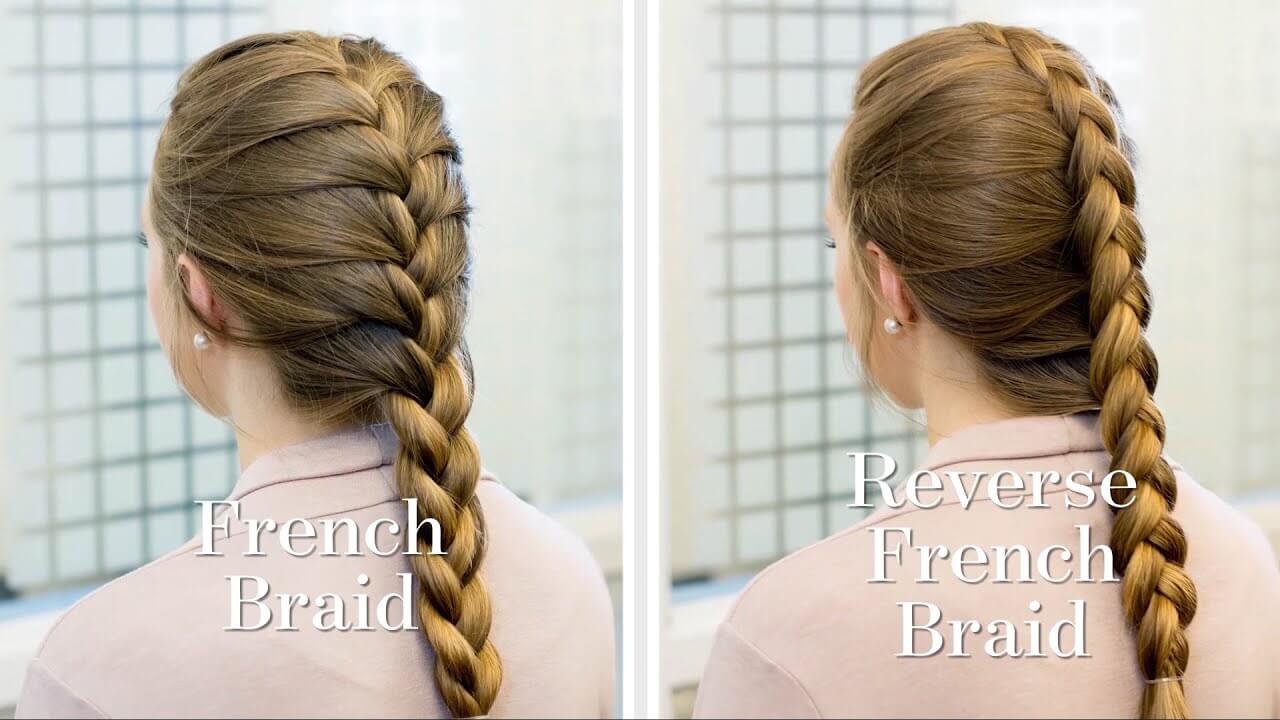
- Start at the Crown: Begin braiding a small section at the top of your head.
- Incorporate More Hair: Gradually add small sections of natural hair and extensions into the braid as you move downward.
- Continue to the Nape: Braiding all the way to the nape of your neck, then secure with an elastic.
Dutch Braid:

- Similar to French Braid: Start at the crown and add hair sections.
- Reverse the Cross: Instead of crossing strands over the middle, cross them under to create a braid that stands out from the head.
- Secure and Repeat: Continue to the end and secure.
Step #3: Finishing Touches
You can use a light hairspray or serum to tame any frizz or flyaways. Remember to ensure the braid is not too tight to prevent strain on your natural hair and extensions.
IV. Tips for Braiding with Extensions
- Blend Extensions Seamlessly: Ensure extensions blend well with your natural hair by matching texture and color.
- Avoid Excessive Heat: If using heat styling tools, apply a heat protectant to prevent damage to both natural hair and extensions.
- Maintain Moisture: Extensions can become dry, so regularly use moisturizing products to keep them healthy.
- Secure Extensions Properly: Ensure all extension attachments are secure before braiding to prevent loosening or damage.
V. Maintenance and Care
Proper maintenance prolongs the life of your braids and extensions:
- Nighttime Care: Wrap your hair in a silk or satin scarf to reduce friction and prevent frizz while you sleep.
- Regular Washing: Clean your braids and extensions periodically with a gentle shampoo to keep them fresh.
- Avoid Over-Braiding: Give your natural hair and extensions time to breathe between braiding sessions to prevent breakage.
- Reattach Extensions as Needed: For semi-permanent extensions, follow the recommended schedule for reattachment to maintain optimal appearance.
VI. Conclusion
Braiding with hair extensions allows for a wide range of creative and versatile hairstyles. By following this general guide and adapting techniques to suit your specific type of extensions, you can achieve stunning braided looks while maintaining the health and integrity of both your natural hair and extensions. Remember to handle your hair gently, use quality products, and consult with a professional stylist if you’re unsure about the best practices for your particular extension type.


 BEST SELLING PRODUCTS
BEST SELLING PRODUCTS Wig Hair
Wig Hair WHOLESALE
WHOLESALE Contact us
Contact us Sale Events
Sale Events
